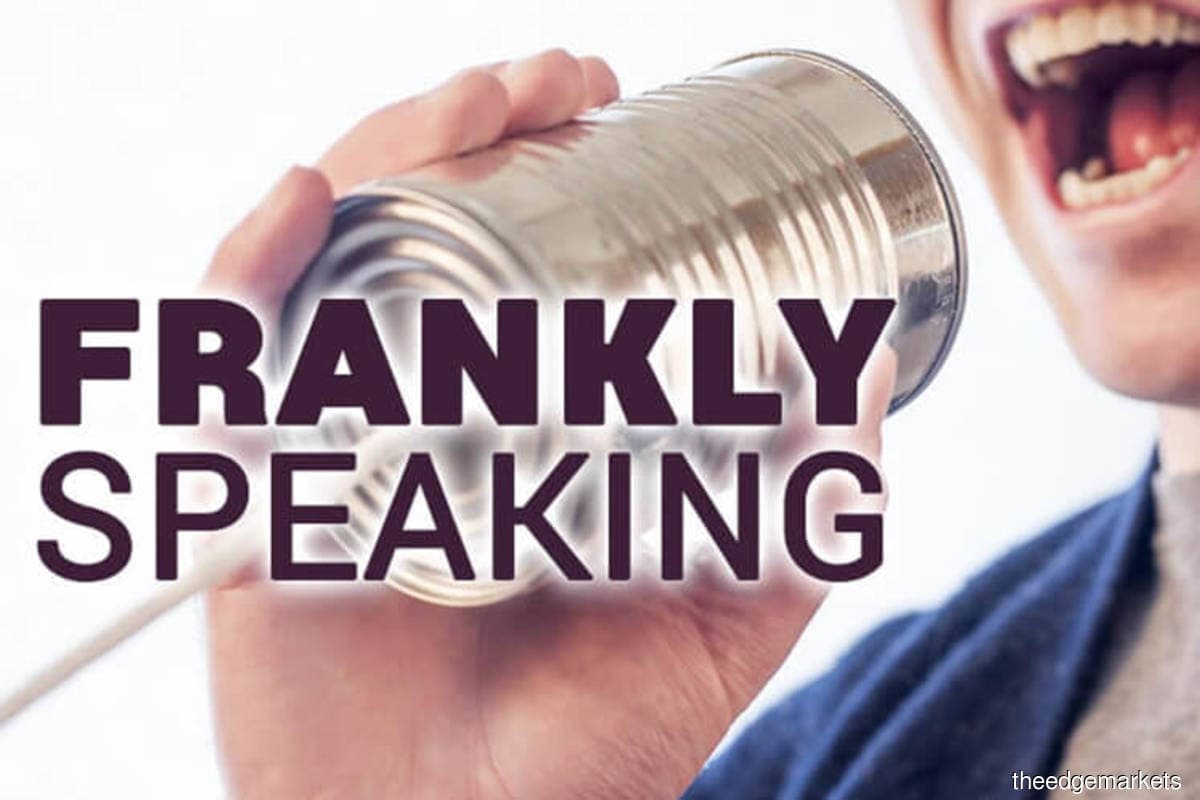
This article first appeared in The Edge Malaysia Weekly on September 28, 2020 - October 4, 2020
The use of forged invoices to commit fraud is nothing new. Last Friday (Sept 25), candy maker Khee San Bhd announced that an ongoing forensic audit found invoices that appeared to be fictitious — papers that were used to draw down credit facilities from banks. Singapore-based oil trader Hin Leong Trading Pte Ltd, whose founder had been charged with abetment of forgery, had also used fictitious documents to secure sizeable credit from 23 financial institutions collectively facing billions in losses. In the case of Transmile Group Bhd, false invoices were used to artificially boost revenue and profits.
In these cases and more, the perpetrators were usually senior internal personnel who were able to hoodwink auditors into signing off on financial statements. The subsequent unearthing of fake invoices shows that auditors need to up their game and enhance their verification processes. While there may well be limitations to so-called normal audits, it should not be an excuse. Clearly, there is a gap that is being exploited by dishonest companies and their executives.
The damage is usually done by the time forensic audits are called. That makes forensic audits too little, too late, for investors and lenders nursing their losses. Auditors need to improve their game.
Save by subscribing to us for your print and/or digital copy.
P/S: The Edge is also available on Apple's AppStore and Androids' Google Play.